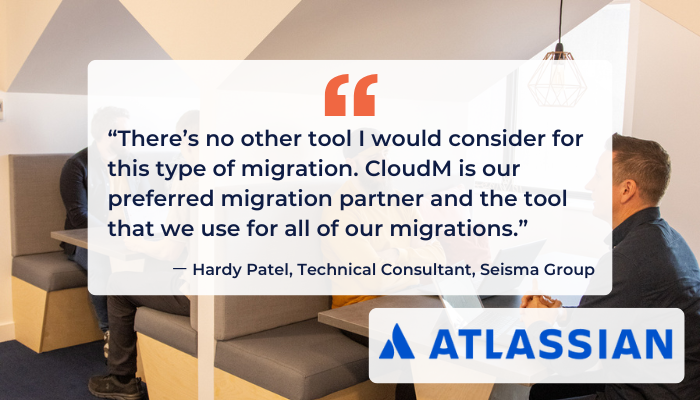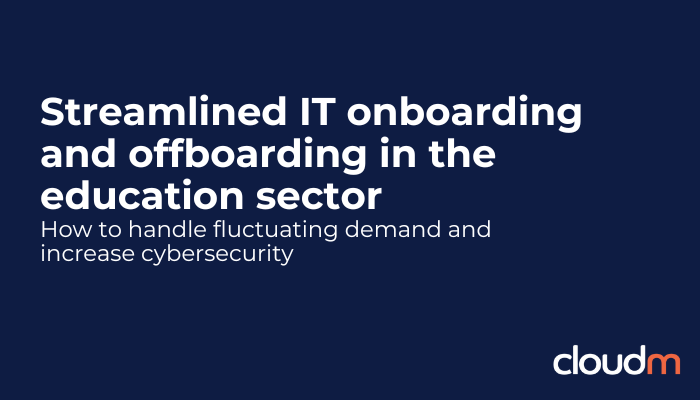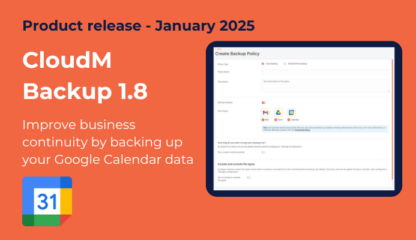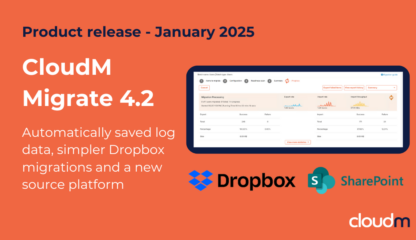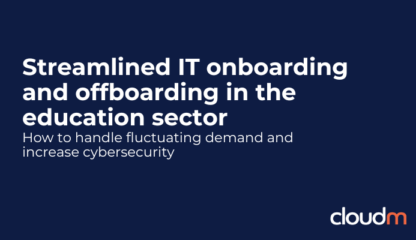The education sector is going through a major digital transformation. This rapid growth brings plenty of opportunities, but also big challenges for IT teams. The shift to remote teaching and learning has only added to the pressure, forcing IT teams to manage increased workloads and evolving risks.

The global education technology (EdTech) market is expected to grow from $146 billion in 2023 to $549.6 billion by 2033, at an annual growth rate of 14.2%.
IT onboarding and offboarding: Fluctuating demand in schools and universities
Schools and universities see huge spikes in IT onboarding and offboarding activity at certain times of the year, such as during enrollment and graduation. These peak periods can overwhelm IT systems and staff, causing delays and disrupting services. With education becoming more tech-driven, these challenges are only getting bigger.
Remote teaching and learning have further amplified this pressure. IT teams are now responsible for keeping virtual classrooms, online assessments, and collaboration tools running smoothly. On top of that, the rise in device usage, connectivity issues, and troubleshooting demands is stretching resources further.
To give you an idea of scale, EdTech usage in schools has increased by 99% since 2020. IT teams are under immense pressure, especially during the busiest times of the year.
The growing risk of cyberattacks
Education is a prime target for cybercriminals. In the last four years, 1,681 higher education institutions were hit by ransomware attacks, costing an average ransom of $5.85 million – the third highest of any sector.
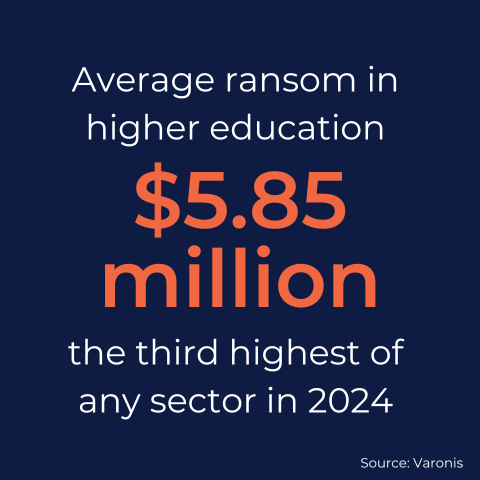
The rapid shift to remote learning has made cybersecurity even more critical. With students and staff accessing systems from various locations and devices, the attack surface has grown significantly. Managing permissions manually during peak times only adds to the risk, as errors can leave systems vulnerable to breaches. This makes it even more important to have strong security processes in place.
How CloudM Automate can help
CloudM Automate is designed to make life easier for IT teams by taking care of repetitive tasks and reducing human error. Here’s how it works:
Giving IT teams time to focus on what matters
By automating routine tasks, CloudM Automate frees up your IT team to focus on what’s really important. Instead of scrambling to manage accounts during peak periods, they can spend their time on strategic projects that improve the student and staff experience.
This is especially critical in the era of remote education, where IT teams are dealing with increased demand for support, securing a wide variety of devices, and ensuring digital equity for all users. Automation helps tackle these challenges efficiently, giving IT teams the bandwidth to future-proof their systems for hybrid learning models.
Conclusion
The challenges of fluctuating demand and growing cybersecurity risks are real, but they don’t have to overwhelm your IT team. With tools like CloudM Automate, schools and universities can handle peak times more efficiently, stay secure, and give their IT teams the space to do their best work. Whether managing remote learning setups or ensuring smooth onboarding during enrollment, automation is key to thriving in today’s educational landscape.
Book a call with our automation specialists today








